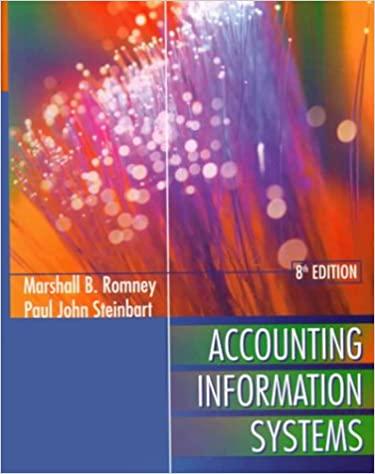please answer all parts, greatly appreciate your help

A firm has been experiencing low profitability in recent years. Perform an analysis of the firm's financial position using the DuPont equation. The firm has no lease payments but has a $2 million sinking fund payment on its debt. The most recent industry average ratios and the firm's financial statements are as follows: Income Statement for Year Ended December 31, 2021 (millions of dollare) c. Do the balance shect accounts or the income statement figures seem to be primarily responsible for the low profits? I. Analysis of the extended Du Pont equation and the set of ratios shiorss that the turnover ratio of sales to assets is quite low: however. its profit margin compares favorably with the industy averaoe. Fither sales should be lower given the present level of assets, or the firm is carrying less assets than it needs to support its sales. II. Analysis of the extended Du Pont equation and the set of ratios shows that most of the Asset Management ratios are below the averages. Either assets should be higher oiven the present lievilof ching. or the firm is carrying less assets than it needs to support its sales. III. The low ROE for the firm is due to the fact that the firm Is utiaing more debt than the average firm in the industry and the low RoA is mainly a result of an excess investment in assets. IV. The low ROE for the firm is due to the fact that the firm is ut iop less fobt than the average firm in the industry and the low ROA is mainly a result of an lower than average investment in assits. V. Analysis of the extended Du Pont equation and the set of fatios shows thaz the turnover ratic of sales to assets is quite low: however, its profit maroin compares favorably with the industry average. Ether saien should be higher given the present level of assets, or the firm is carrying more assets than it needs to support its salps. d. Which specific accounts seem to be most out of line relative to other firms in the industrr? 1. The accounts which seem to be most out of line include the following ratios: Deot to Total Capital, thventory nurnover, Total Asset Tumoven, Retum on Assets, and Profit Margin. II. The accounts which seem to be most out of line indude the following ratiosi Times interest Ermed, rotal Asset Turnover, Profit. Margin, Return on Assets, and Return on Equity. III. The accounts which seem to be most out of line include the following ratios: Inventory rumayer, Days Sales outstanding. Fixed Asset Turnover, Profit Margin, and Return on Equity. IV. The accounts which seem to be most out of line indude the following ratios: trventory Tumover, Dars sales Outstanding. Total Asset Turnover fetum on Aspete, and Roturn on Equity. V. The acpounts which seem to be most out of line indwde the following ratios: Current, EarroA Coverago, thventory Tumover, Davs: saies outstanding. and Retum on Equity. e. If the firm had a pronounced seasonal sales pattern or if it grew rapidly during the year, how milpht that affect the validity of your ratio analysis? I. Seasonal yales potterns would most likely affect the liquidity ratios, with little effect on asset management ratios. Rapid orowth Would not substantially affect your analysis. II. If the firm had sharp seasonal sales patterns, or if it grew rapidiy durine the yeac, many ratios would most iikely be diotorted. Hut. This more important to adfust the debt ratio than the inventory furnover ratio to account for any seasonal fluctuations. IV sieasional sales patterns would most likely affect the profitabliry ratios, with little effect on asset managernent ration Rapid orowth would not fubezantially atfect vour analysis. V. Rapid onowth would most likelv affect the coverage ratios, with littie effect on asset manadement ratios. Seasonal sales patterns wsuld ilios substantially affect youn analysis. How might you correct for such potential problems? I. It is possible to correct for such problems by comparing the calculated ratios to the ratios of firms in the same industry group over an extended period. II. There is no need to correct for these potential problems since you are comparing the calculated ratios to the ratios of firms in the same industry group. III. It is possible to correct for such problems by insuring that all firms in the same industry group are using the same accounting techniques. IV. It is possible to correct for such problems by using average rather than end-of-period financial statement information. W. It is possible to correct for such problems by comparing the calculated ratios to the ratios of fims in a different line of business











